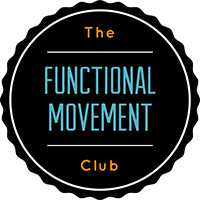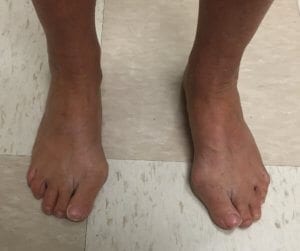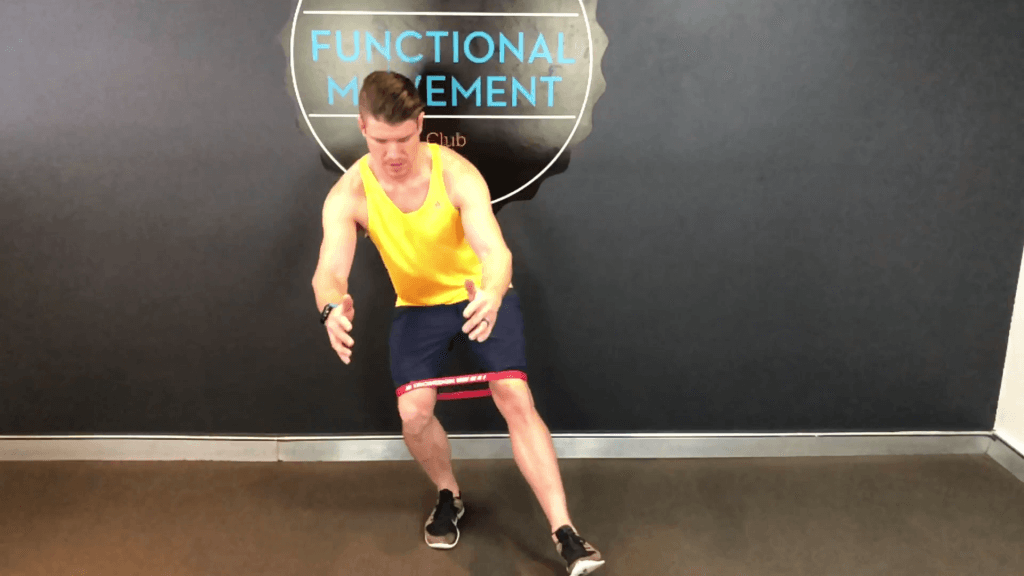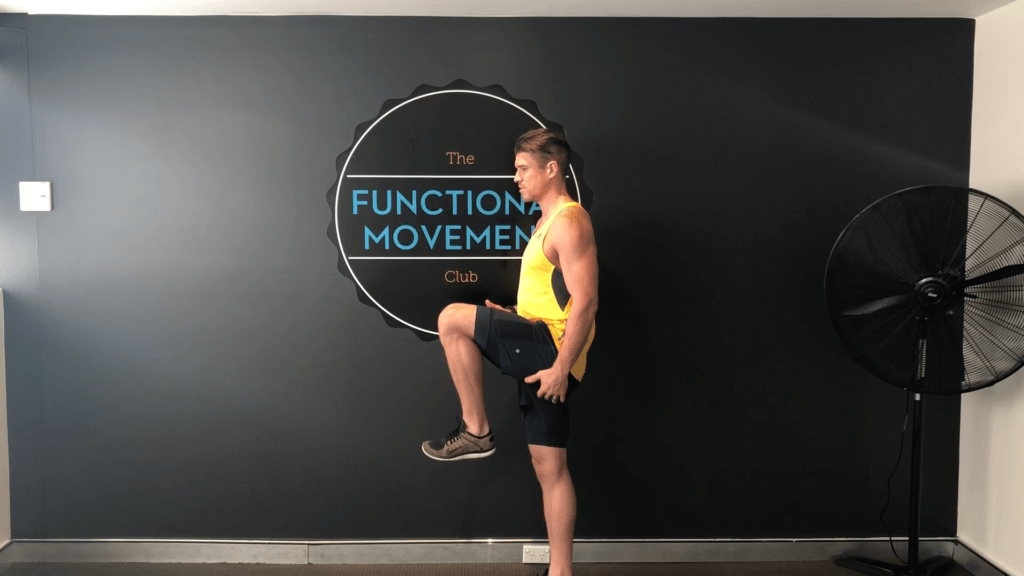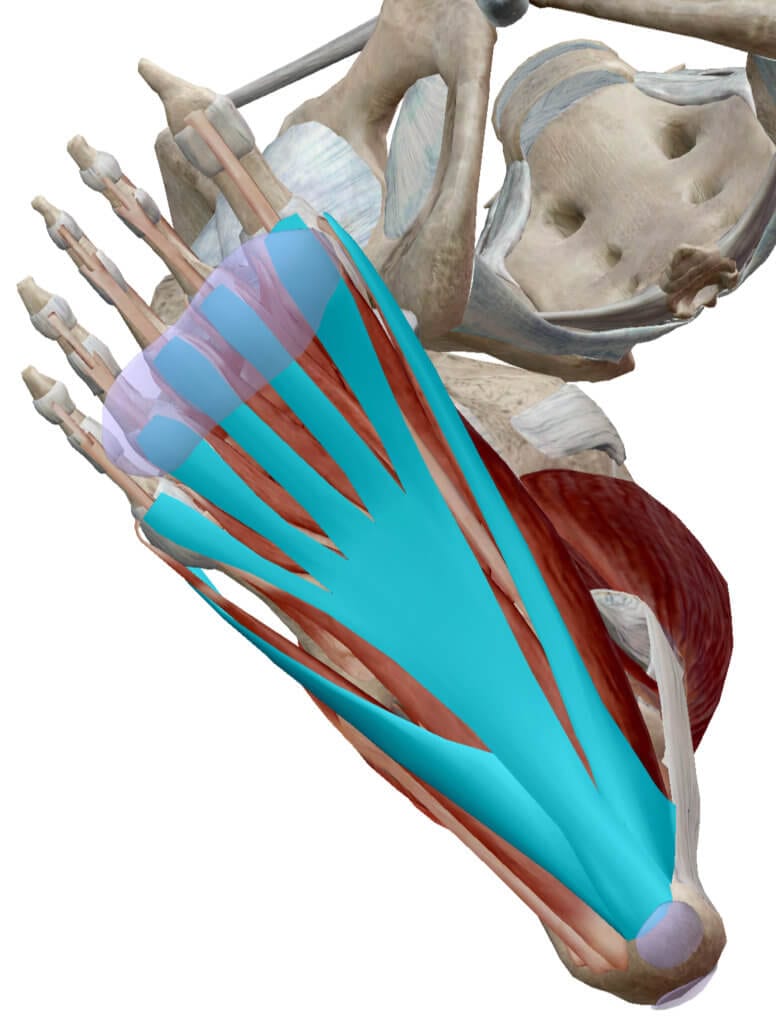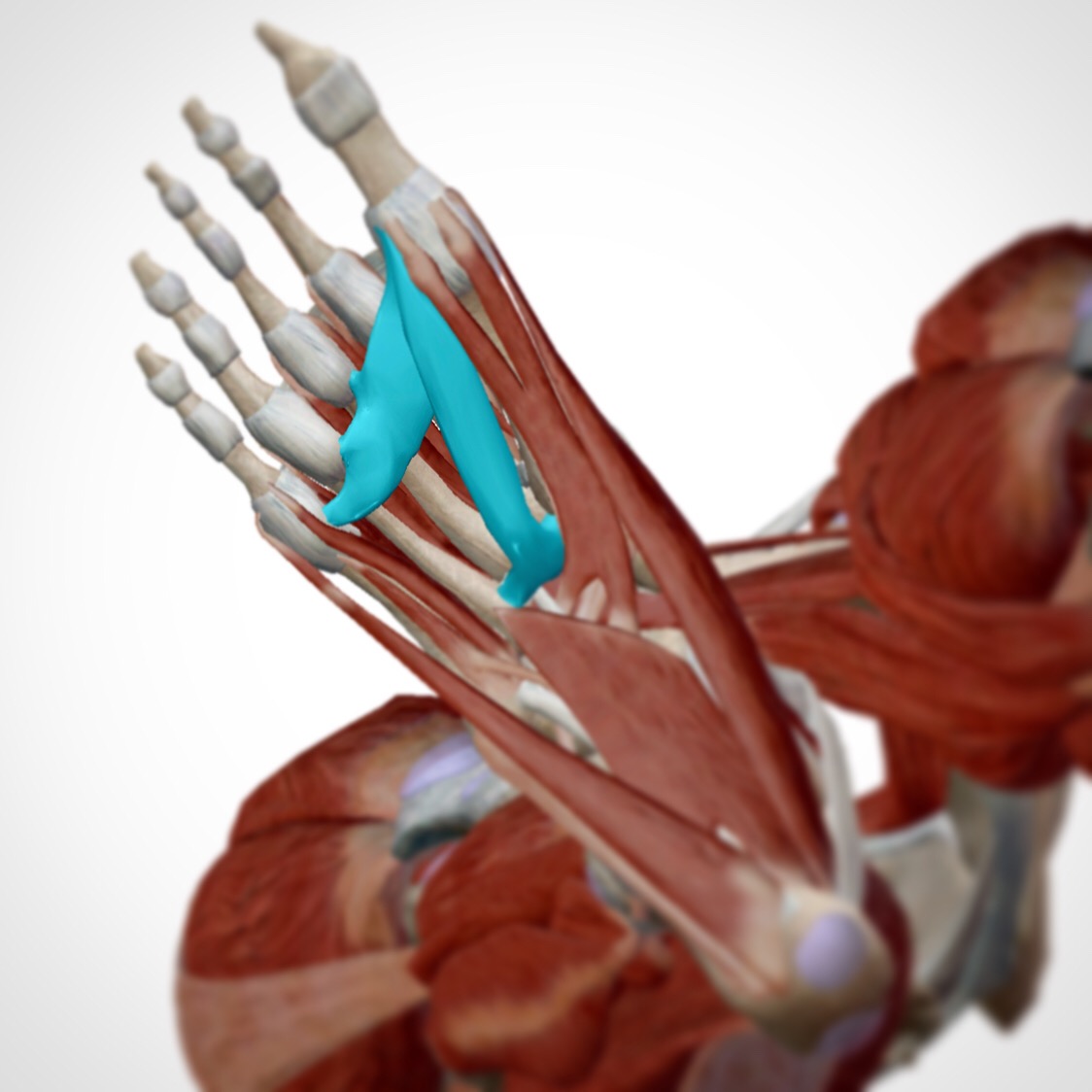
Why Your Stiff Big Toe is Connected to Your Sore Back.
Intro:
Is your Big Toe working as well as it could/should? If you wear rigid shoes such as steel capped boots, or thongs, odds are they/it isn’t. Heavy squats with your feet externally rotated and knee valgus (inwards) collapse through the knee also lead to big toe dysfunction (and pain). Another tell tale sign your sore back might be coming from your big toe is if you walk like a duck. So if you’ve been told your sore back from “lazy glutes” (trouble activating your glutes even though you do 45 minutes of activation before you squat), then maybe it’s time to look at your big toe.
Big Toe Anatomy:
Your big toe should have anywhere from 55 to 90* of dorsi-flexion (lifting the big toe towards the knee). It should have a working range of approximately 65* so when you move you forward whilst walking or running you aren’t compensating somewhere else. If you are not getting enough movement through the big toe, you become quad dominant. If your Quads are working harder than your Glutes it will lead to increased stress on your lower back.
PSST . . . Heres a FREEBIE I made for you
The Big Toe and Your Gait Cycle:
Your big toe play a big role in the way you walk. It carries about 40% of the weight of the body. It is also the last point of contact with the ground when walking. You have 3 major points during your gait cycle.
- Heel strike (when our heel first hits the ground),
- Mid stance (when our foot is flat on the ground)
- Toe off (as we push off one foot ready to begin the process all over again).
In order to walk efficiently you need at least 65* of big toe doors flexion. This gets you using the calves, hamstring and Gluteals (muscles at the back of your leg). If you don’t have enough big toe movement, you are using the muscles at the front of your leg to pull you forward rather than the muscles at the back to push. Which can transfer problems further up the chain into your lower back.
Test Out Your Big Toe Movement:
The easiest way to check the health of your big toes is to take a look at the feet.
- Does your big toe point in towards your other toes?
- Do you notice thicker skin on the outside of your big toe?
- Do you have a bunion forming at the base of the big toe?
If you want to check your big toes active range of motion, perform a single leg calf raise.
Simply stand on one leg and raise the heel up off the floor until you are on your toes.
- Does your knee roll in or your heel flair out to the side or raise straight up?
If the heel deviates to the side or your knee rolls in then it can be a compensation pattern for poor Hallux dorsiflexion.
How Your Big Toe Gives You A Sore Back
When your Gluteals get lazy and the muscles at the front of your leg take over, they force your hips to tilt forward. A Forward tilted pelvis increases your the curve in lower back putting more pressure on it. When the lower back has had enough, you develop a sore back.
So if any of these things sound familiar to you, give this release and active mobility drill a go for your big toe and then try your glute activation routine again to see if it helps them activate for longer and make your squat seem more stable or walking seem easier.
if you’re feeling the glute burn and keen to get the other muscles around the hip pulling their weight check out one of our favourite article Fix Your Hip Extension, Fix Your Back Pain, and also Tight Hip Flexor? Stop Stretching, Start Strengthening. For more info on Duck Feet Click here.
